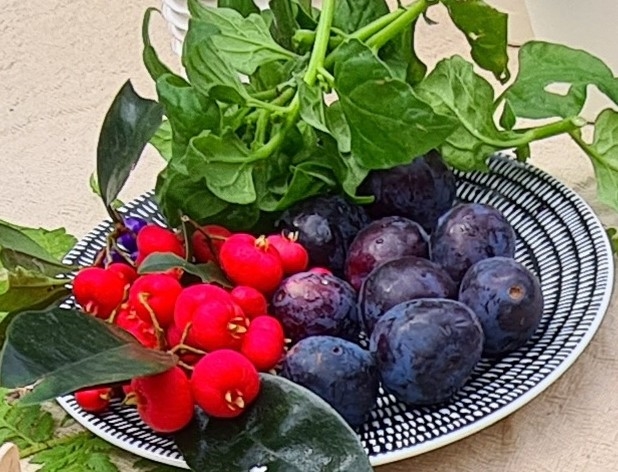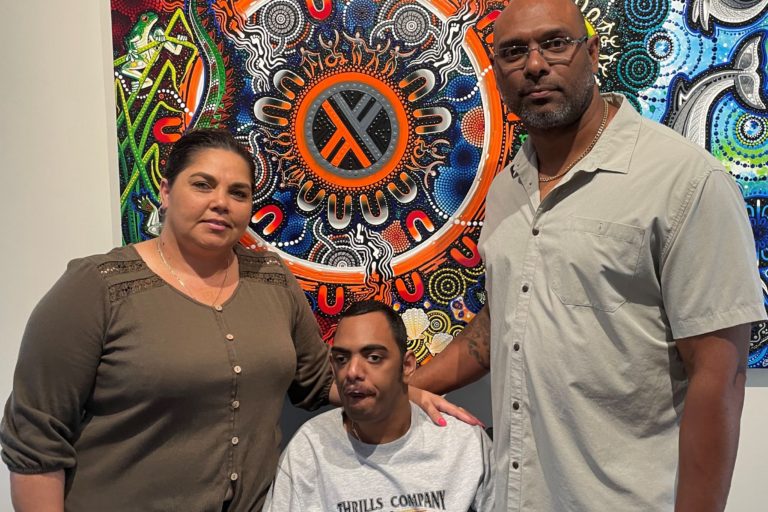By Neena Bhandari
Sydney, 22.05.2006 (IPS): Revelations of horrific levels of sexual abuse and violence suffered by women and children in Australia’s aboriginal communities have surfaced, even as the fifth session of the United Nations Permanent Forum on Indigenous Issues (UNPFII) is underway in New York.
A leaked confidential briefing paper by Nanette Rogers, government prosecutor in the Northern Territory, exposes how indigenous culture and close-knit kinship ties have helped create a blanket of silence over rampant violence against women and children.
But activists and people in authority are also blaming government inaction and neglect for a tragedy that has its roots in racist subjugation by European colonisers. Disruptive policies have included forcible separation of tens of thousands of children from their families between 1900 and 1970 to ‘breed out’ aborigine blood.
An extreme case of abuse recorded by Rogers was that of a six-year-old girl getting drowned while being raped by an 18-year-old male who had been sniffing petrol. Another was that of two infants requiring surgery after being sexually assaulted by men while the mothers were away drinking alcohol.
Indigenous people make up barely two percent of Australia’s population of 20 million but they suffer far higher rates of alcoholism, unemployment, imprisonment and domestic abuse.
The Aboriginies and Torres Strait islanders of Australia are among the most marginalised populations in the developed world. Homicide is the leading cause of premature death for indigenous women and they are 45 times more likely to be victims of domestic violence than other Australians.
However, many of these crimes go unreported as victims are afraid to speak out or give evidence for fear of reprisals, harassment and intimidation from within their own communities.
Rogers, who has experience working as a defence attorney in a 15-year legal career, says in her report, entitled ‘Child Sexual Assault and Some Cultural Issues in the Northern Territory’, that aboriginal people in central Australia must take more responsibility for reporting crime but also following through and giving correct evidence in court.
She notes that in the case of the six-year-old victim there was a committal hearing before a magistrate and the children who were playing with the girl gave graphic evidence. But the case, like others, was soon overtaken by fresh tragedies – suicides, fatal accidents and other premature deaths.
Rogers points out that children who grow up witnessing violence, or being victims themselves, become brutalised and go on to commit acts of violence as adults.
She cites a particularly dreadful case on an outstation where a man raped his own young daughter while threatening his wife and other children with a knife. Later, it was discovered that she was pregnant by her father.
Indigenous women and girls are 28 times more likely than other Australian females to be admitted to hospital for assault injuries, according to a 2003 report compiled by the Australian Bureau of Statistics and the Australian Institute for Health and Welfare.
Boys fare no better. Last week, researchers from the Queensland University of Technology revealed that aboriginal boys were ten times more likely to be raped than other Australian males.
In the last 12 months, in Alice Springs in the Northern Territory, there have been several cases of young women in their late teens stabbing their boyfriends, with fatal consequences.
Australian Labour Party national president Warren Mundine has said that by turning a blind eye to violence authorities are making the problem endemic. He was quoted saying: ”The police don’t want to get involved because it looks like they’re just picking on black fellas. Governments are scared because they don’t want to be labelled racist.”
Violence is so entrenched in some communities that they are simply labelled ‘dysfunctional’ communities or ‘outback ghettos’. Rogers blames indigenous culture for the problems, where men often feel they can disregard the law and act with impunity.
But Aboriginal and Torres Strait Islander Social Justice Commissioner Tom Calma says governments need to work with communities and families to address socio-economic factors that impact on violence. These could be improved housing and living conditions, creation of meaningful employment, recreation facilities and general community health education programmes.
Oxfam, the aid agency, predicts that widespread abuse in indigenous communities will continue unless government acts. James Ensor, acting executive director of Oxfam Australia, said: ‘’Chronic under-funding of basic services, ordinary Australians take for granted, have contributed to this crisis.”
In the 2006-2007 federal budget only about 90 million US dollars has been allocated for indigenous health even as the Australian Medical Association identified a 345 million dollar annual shortfall in indigenous primary health care spending.
”Top down and Canberra-determined policies have not and will not work,” Ensor said, adding that indigenous leaders needed to be at the centre of decision-making at all levels.
While Australia’s minister for indigenous affairs Mal Brough wants to call an emergency summit of state and territory leaders to discuss the issue, Northern Territory chief minister Clare Martin says a national summit will achieve little as aboriginal people are demanding action.
After indicating that the federal government was prepared to intervene to remove children from abusive situations and to force parents with drug and alcohol problems to seek treatment, Brough has ignited fresh debate about the ‘stolen generations’.
At the two-week session of the UNPFII, that ends on May 26, representatives of 370 million indigenous people from 70 countries, are campaigning for full participation in decisions that affect them, among other pressing issues.
© Copyright Neena Bhandari. All rights reserved. Republication, copying or using information or photographs from neenabhandari.com content is expressly prohibited without the permission of the writer and the media outlet syndicating or publishing the article.



